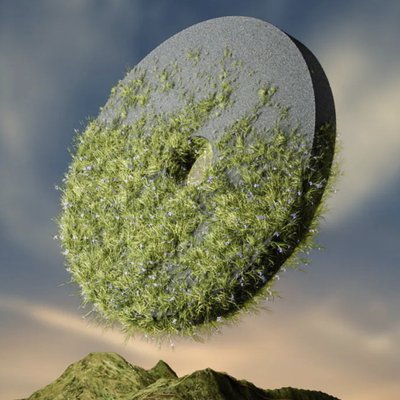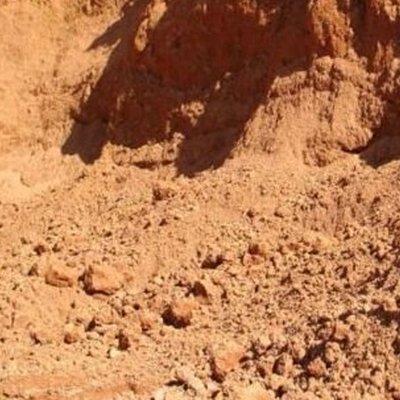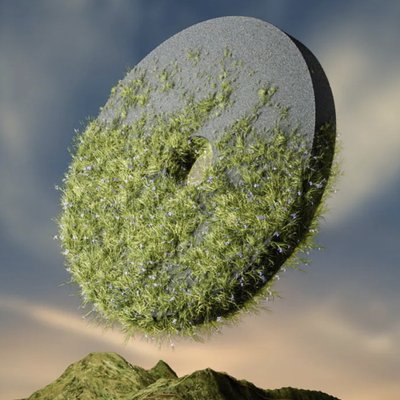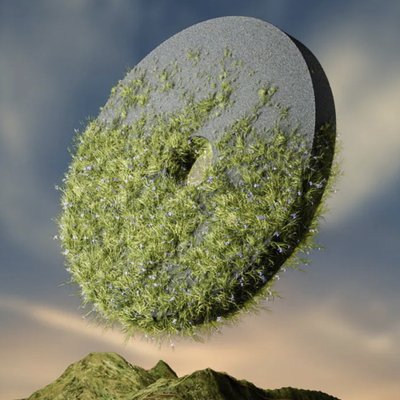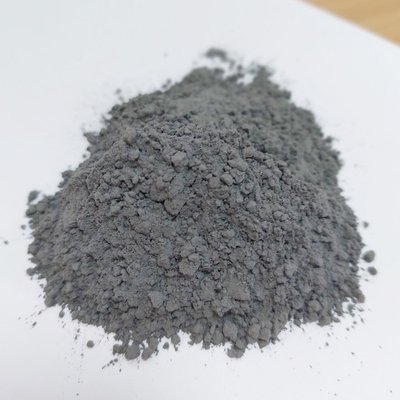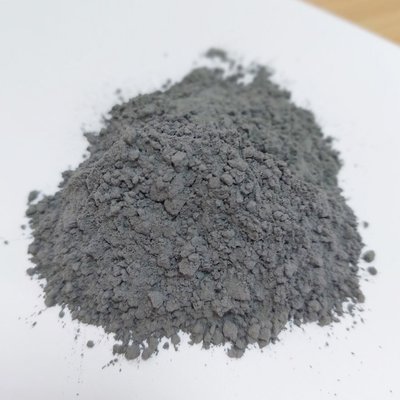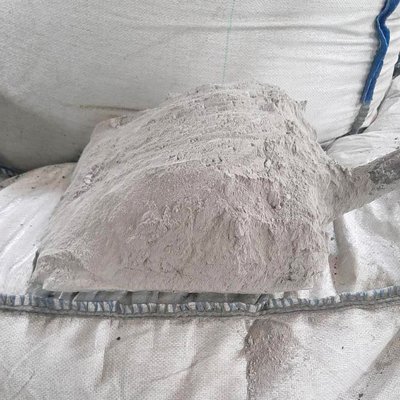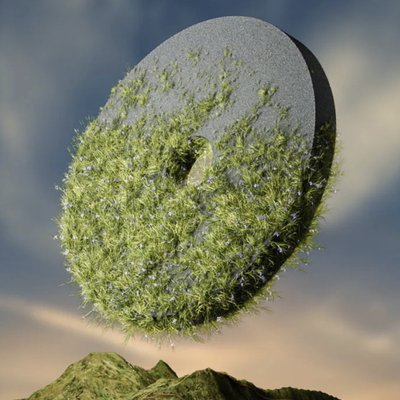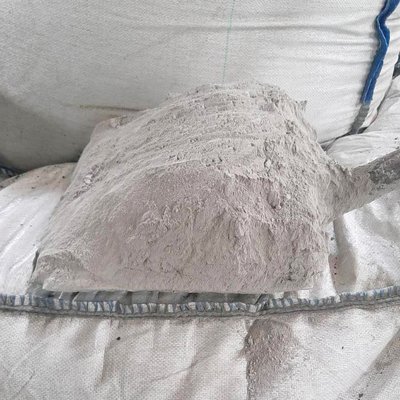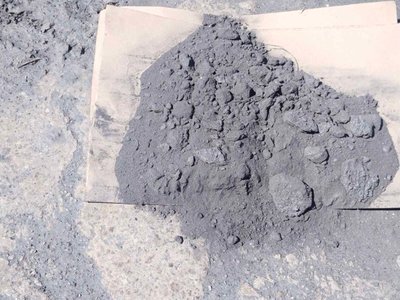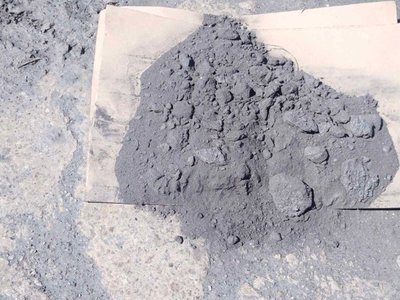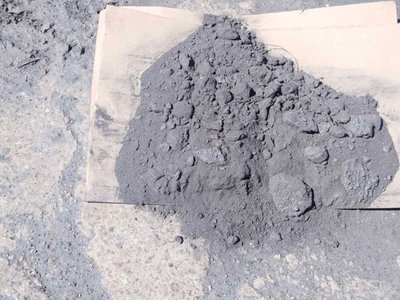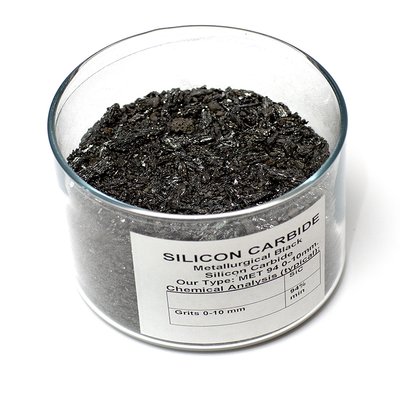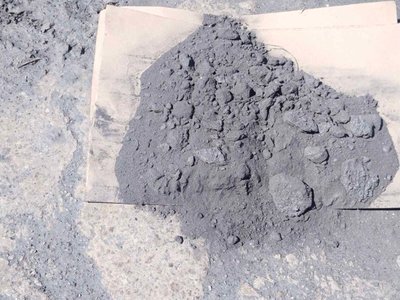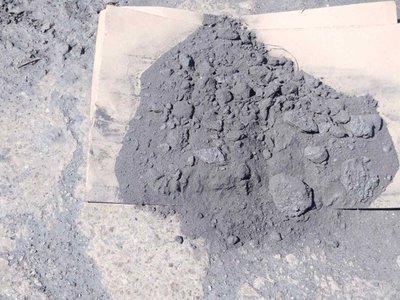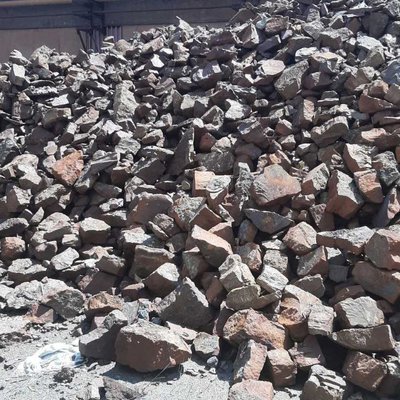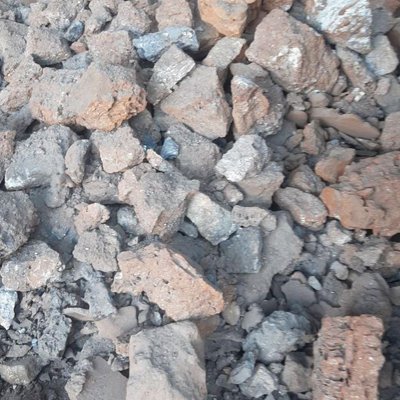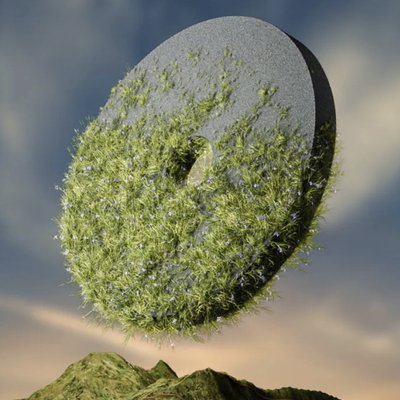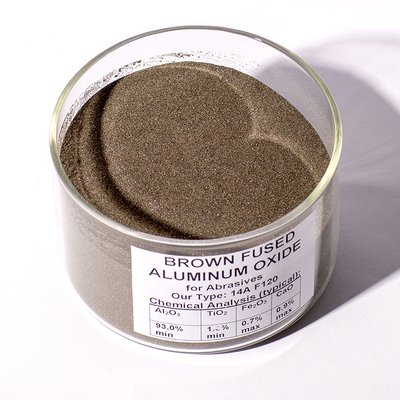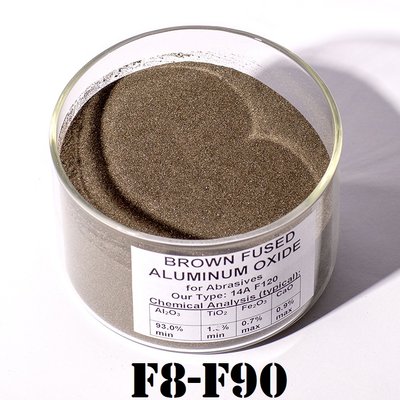|
Quantity
|
Out of stock
|
||
|
|
|||
Zaporizhzhia Abrasive Plant PJSC produces more than 80,000 types of abrasive tools. These tools can be categorized into two groups: fixed geometric form tools (such as wheels, rings, segments and hones on the ceramic and bakelite bonds) and flexible grinding tools (including coated abrasives, grinding belts, flap wheels, and fiber wheels).
To ensure efficient grinding and the desired quality of the processed material, several parameters need to be considered when choosing an abrasive tool. These parameters include the characteristics of the processed material (chemical composition, physical and mechanical properties), geometric parameters and form of the grinding surface (solid or dashed), machining allowance, initial state of the grinding surface (including roughness), required processing quality, type and parameters of the working machine, processing conditions (speed, feed, cooling), and processing efficiency (productivity, tool durability, adjustments, energy consumption).
The selection of the abrasive tool depends on various characteristics, such as type, size, brand, and grit of the grinding material, as well as the hardness and structure of the tool's bonding material and the operating speed. It is crucial to choose the appropriate wheel hardness and structure based on the material being processed and the type of grinding operation.
The choice of abrasive tool form and size is determined by factors such as machine design and purpose, machine dimensions, fixture design, and the shape and dimensions of the parts being processed. The efficiency of the wheel's operation relies on the proper selection of characteristics, including its cutting ability, resistance, and the quality of the grinding surface it produces.
